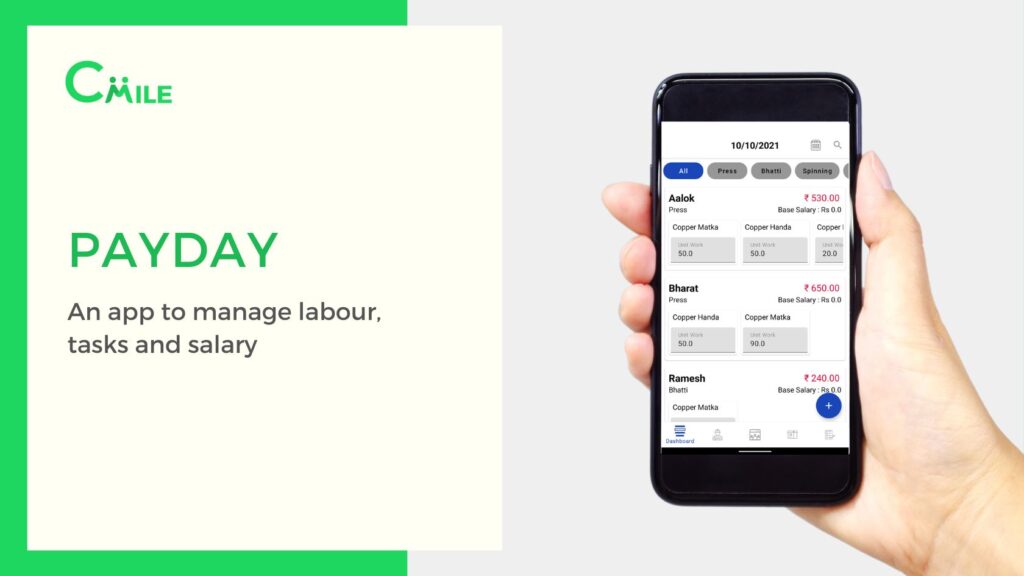History of Mobile App : Everyone loves the outstanding world of mobile application development. Whether it is a business utility application or a popular mobile game. Nowadays, smartphones are more powerful than ever before, and mobile apps are also advanced with high-quality graphics and clean UI/UX.
When it comes to mobile apps, how many apps are you using? On average, we can expect 20-30 apps, right? These apps had taken a sharp turn in our lives, and we never noticed how these apps had become a part of our lives.
Have you noticed the evolution of mobile apps, or was it just us? Technology has this interesting trait of ever-changing itself every fortnight. Astounding, huh? Yes, it is. Every bit of technology is evolving and will continue to do so. With the launch of new apps and new processes, there is no doubt to the fact that this trend will be a natural phenomenon in the virtually driven world.
In fact, if you notice, what was once a trend around five years back has been replaced with something new today, which means that this will keep on evolving. Researchers and developers think that technology, including mobile apps, will evolve – based on the inferences from the past trend. At Cmile we have one of the best mobile app developers in India.
Mobile App History
The first smartphone, IBM’s Simon in 1994, had over ten inbuilt apps. To name a few, these were the Address Book, calculator, calendar. Do you remember Nokia’s Snake Game App? In the very beginning, when apps were still in their initial stages, they were all about making essential functions accessible, entertainment and gaming. These were hugely popular as they made life simpler in that era of time. Slowly the engagement patterns changed, and people started expecting more from the mobile apps, and that’s how the breakthrough in industry came into action.
Operating System & Platforms
While developing a mobile app, the developer creates an app specifically for the operating system (Android & iOS) in which it runs. For instance, mobile apps that run on Apple’s devices get support from Apple’s operating system (iOS), but not Google’s Android. These are Native Apps (discussed further below).
So an Apple app can’t run on an Android phone, and vice versa. Often, developers create a version for each; for example, a mobile app in the Apple Store typically has its Android version in Google Play.
iOS from Apple Inc. and Android from Google are the two most popular platforms in the modern smartphone market. Previously, few operating systems like Symbian and blackberry had dominated the market 10-15 years ago.
The iOS platform is the operating system that rules Apple’s popular line of iPhone smartphones. While on the other hand, in addition to Google devices, many other equipment manufacturers use Android operating systems to build their own phones and smart devices.
Native Mobile Apps Vs. Hybrid Vs. Others
Native Apps
These apps get full support from app stores and marketplaces. It is easier to locate native apps on the app store or Play store catalog.
Native apps are easy to operate, and built-in features, Security, Support, Efficiency, and Convenience native apps offer maximum usage of the system’s hardware usage that gives enhanced and better apps with rich user experience.
Hybrid Apps
A hybrid app allows developing one codebase for both platforms; certain features or designs do not support both devices, which may lead you to ongoing modifications. If flawless, fast performance is essential to your app’s core functionality, then a hybrid app should not be on your list. Fixing is another big drawback of Hybrid apps. Low expertise of some developers in the targeted platform, figuring out the exact cause of an issue can worsen. These apps are built using HTML5, CSS, and JavaScript.
Web Apps
Mobile web apps have only limited access to a device’s features. Web apps that support multiple mobile browsers raise the costs of development and maintenance. These might be important if you are a small enterprise owner! Also, an Internet connection will be an absolute must to run a web app. Or you cannot simply use a web app.
Currently, there are numerous categories of Apps available in the market; some of those common categories are given below-:
- Social Networking
- Productivity
- Utility
- News
- Lifestyle
- Entertainment
- E-Commerce
- Personalized Business apps
Currently, Apps are very useful for promoting your business online, as new start-ups and entrepreneurs can promote their business at less cost and in multiple ways. Apps help reach the customer 24/7, and that too generally a one-time expense (cost of App development) maintenance cost comes later and is very nominal. India is one of the best places for app development, as the app developers in India are technologically very advanced and very efficient.
The price bracket for App development in India is budget-friendly and less as compared to other markets globally. Cities like Pune, Bengaluru, Hyderabad, and Gurugram, are very well known for App and Web development.
Some pointers before deciding between the types of apps
1- How important speed and performance would be to you?
2- Do you wish your app to include any device-specific features?
3- Do you want your app to support multiple mobile platforms and devices?
4- What is your budget, and which types of apps come under your budget?
Where did it all begin?
Martin Cooper of Motorola made the first public cellular phone call on 3rd April 1973 in a publicity stunt in New York. However, there would be another ten years of R&D before the first cell phone would hit the market. The DynaTAC 8000X weighed in at around 2 pounds, cost $4,000, and didn’t run any apps.
Psion EPOC
The first recognizable apps came with Psion’s range of handheld computers – mostly PDAs – that used the EPOC operating system. First released in the early 90s, the sixteen-bit machines (SIBO) which ran EPOC allowed users programs such as a word processor, database, spreadsheet, and diary. Later models in the range, running a 32-bit OS, would come with up to 2MB RAM and allow users to add additional apps via software packs.
EPOC, which was programmed in OPL (Open Programming Language) and allowed users to create their own apps, would later form the backbone of the Symbian operating system.
WML
Wireless Markup Language was based on XML and was developed by the WAP Forum for use in Wireless Application Protocol enabled devices. It was lightweight and good for the low bandwidths you got with mobile devices back in the late 90s because it stripped out much of the HTML that requires processing power.
The lack of content though and the need for users to go through a WAP portal rather than accessing web pages directly – allowing network providers to limit access to much of the web – meant that WML was quickly consigned to history’s rubbish dump when mobile devices got fast enough to do without it.
Conclusion
The write-up tells about how mobile application development had transformed since it boarded. The distinction can be observed between now & what was two decades back. It flings glows on history, as well as the development of an application. It is amusing to notice that in 10 years, we have approached far beyond what we were before.

Founder of Cmile. Expert in mobile app📱 & web🌍 development. Passionate about technologies💻. On mission🚀 to digitally solve people’s problems. Love to use emojis✌🏼















